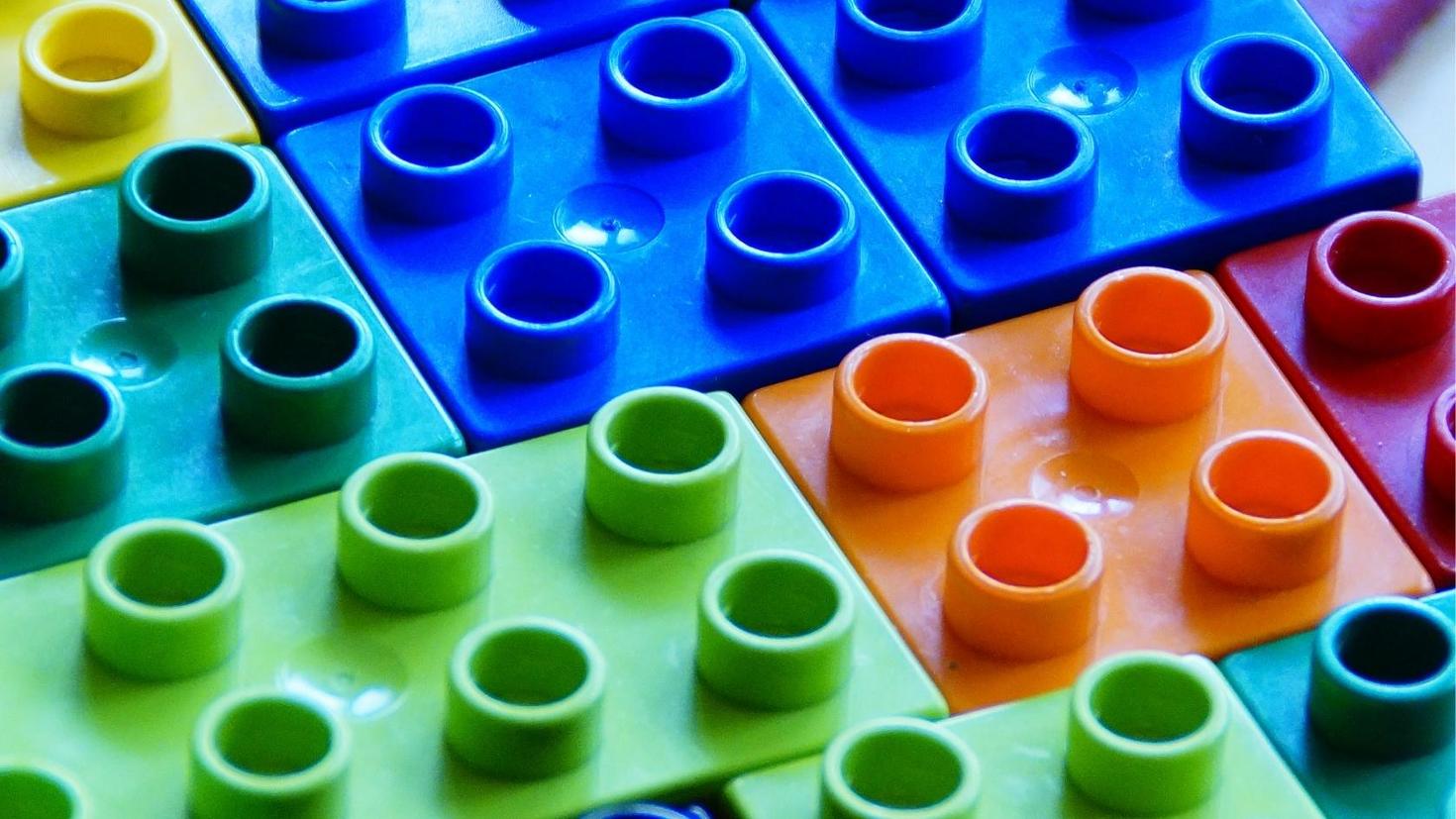With 41 schools, 200 educators and researchers, and more than 12,000 students in seven provinces, the past two years has been about putting the CPSN’s motto “green, screen, machine and everything in between” into action on a large scale.
For the uninitiated, “green” is for outdoor play and nature-inspired activities, “screen” refers to all things digital, “machine” relates to robotics or mechanical play, and “everything in between” is about social, cultural and language learning.
Investing in play
The network researchers believe in the importance of play. For them, “play is a highly evolved mechanism for human health, well‑being and development. Play promotes curiosity, creativity, imagination, self‑confidence, self‑efficacy, emotional regulation and expression, as well as physical, social and cognitive skills.”
However, the pandemic disrupted education across the globe. Students suffered, teachers left the profession and economic inequities exposed systemic cracks, especially for vulnerable children and youth. This was the context in which the CPSN got its start.
With network funding partners including the Lego Foundation, the Faculty of Education, Ingenium and UNESCO, and guided by the expertise of researchers from the University of Ottawa, the CPSN is the first bilingual, play-based educational network of its kind in the world.
Since its creation, the initiative has focused on the network objective “to support the wellbeing and learning of students and educators through the infusion of play in the middle years of schooling across Canada.”
To date, the project represents a more than two million dollar investment in public education.

It’s certainly been a busy stretch for the CPSN team.
Researchers spent the past twenty-four months traveling across Canada to coach educators, hosting regional gatherings for administrators and presenting their findings at conferences in North America and Europe. They held a two-day Ottawa showcase event for teachers to spotlight their play-based school projects, and they launched the edstudiO, a tech-forward learning lab and makerspace on the University of Ottawa campus.
The network’s accomplishments have put CPSN in the news. More than a dozen journalists (from the French and English press) have spoken with researchers, teachers, and students to learn about play-based learning.
One CPSN-connected school even received a Nature Inspiration Award from the Canadian Museum of Nature for its outdoor kindergarten, and was the subject of the documentary Take it Outside: Beyond Classroom Walls.

Students taking the lead
The network’s school outreach has been based on a participatory leadership model. With support from their teachers, students in the network’s schools have become both project planners and managers. Creativity has taken root (somtimes literally!) and more than 70 different playful projects have been brought to life.
Here’s a small sampling of the network’s achievements:
The Eaton school’s Outdoor Learning Space in Saskatchewan combined gardening, Indigenous ways of planting and coding to construct an automated greenhouse.
French-language learning through role play took centre stage for sixth graders in École Monseigneur de Laval’s project, featuring a time machine-inspired production with families from diverse cultures.
In St. David Catholic Elementary School’s project, budding engineers from Northern Ontario designed, built, tested, and raced cardboard sled prototypes.
Innovative initiatives from the St. George and Notre Dame schools in Ottawa featured students and teachers working on water ecosystem protection.
Check out what other network schools accomplished.

Play in post-pandemic education
One of the core objectives of the CPSN was to play an active role in COVID recovery for the education sector. Now, with a post-pandemic perspective, CPSN team members are looking at how play-based education can respond to present and future challenges, with more green, screen machine and everything in between.
"There were so many powerful and inspiring moments during this project that show what is possible when educators and students are given time, space, and resources to play in the middle years," says co-principal investigator Trista Hollweck.
"The CPSN school teams went above and beyond all of our wildest expectations and it is wonderful to hear about the culture of play that has been sparked in so many schools,” she adds.
See Hollweck’s piece about learning through play in the middle years.


